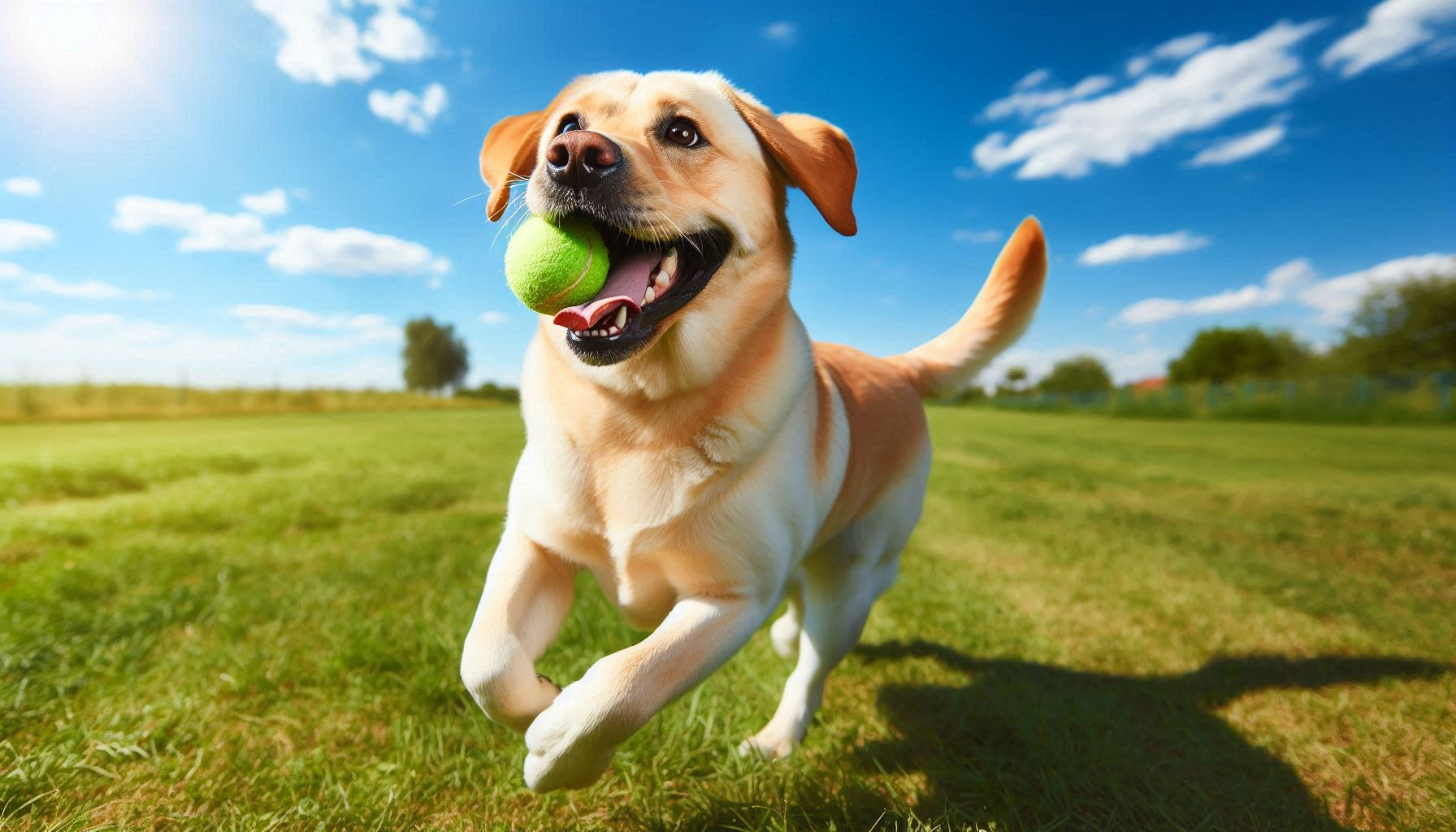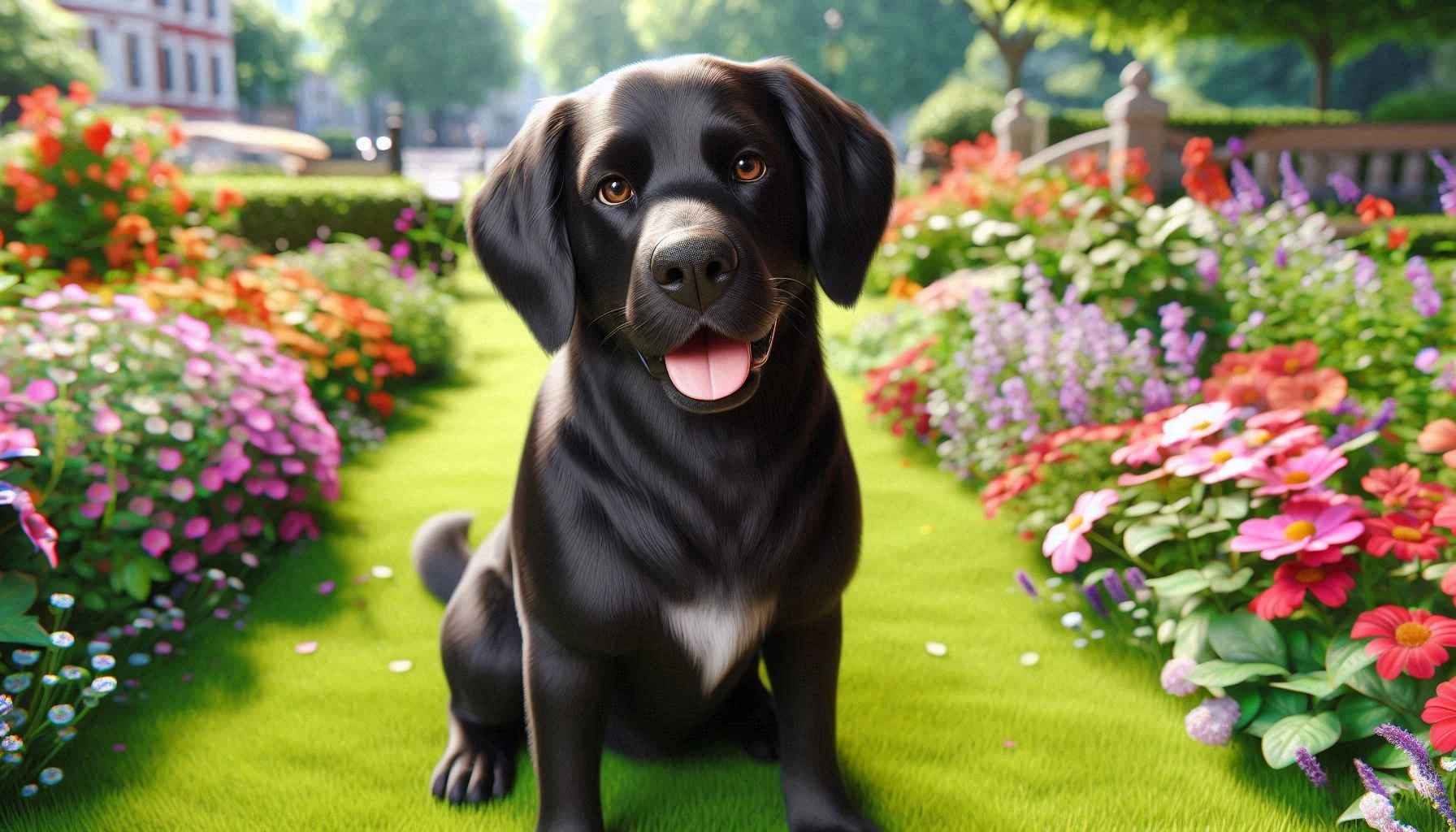Table of Contents
Newfoundland Dog Breed
The Newfoundland dog breed, often affectionately called “Newfie,” is a remarkable breed known for its enormous size, gentle disposition, and impressive strength. Originating from the cold coastlines of Newfoundland, Canada, this breed was initially bred to work alongside fishermen, aiding in water rescues and hauling nets. Today, Newfoundlands are cherished for their loyalty, calm demeanor, and deep love for their human families, making them a popular choice for dog owners worldwide. Whether you’re drawn to their kind nature or their majestic appearance, Newfoundlands are truly one of a kind.
History and Origin

The Newfoundland dog has a rich history that dates back to the early 1700s on the island of Newfoundland, now part of Canada. These dogs were bred by combining the native dogs of the island with large European breeds brought over by explorers. The result was a robust and resilient breed capable of enduring the harsh maritime climate.
Newfoundlands were initially used as working dogs, assisting fishermen in retrieving nets, hauling carts, and performing water rescues. Their webbed feet, strong swimming abilities, and natural affinity for water made them indispensable in the region. One of the most famous Newfoundlands, a dog named “Seaman,” accompanied Lewis and Clark on their historic expedition across America, further cementing the breed’s reputation for endurance and loyalty.
Physical Characteristics

Newfoundlands are a large and imposing breed, often referred to as “gentle giants.”
Size
- Males: Typically weigh between 130-150 pounds and stand about 28 inches tall at the shoulder.
- Females: Usually weigh between 100-120 pounds and stand around 26 inches tall.
Coat and Colors
Newfoundlands have a dense, water-resistant double coat that protects them from cold temperatures and water. The outer coat is long and coarse, while the undercoat is soft and thick.
- Common Colors: Black, brown, gray, and Landseer (white with black markings).
Distinctive Features
- Webbed Feet: Perfect for swimming and aiding in water rescues.
- Broad Head and Deep Muzzle: Contributes to their powerful bite and strong, yet gentle, expression.
- Barrel Chest: Enhances their swimming capabilities and overall stamina.
Temperament and Personality
Newfoundlands are known for their calm, patient, and gentle temperament, making them ideal companions for families and children. Despite their large size, they are incredibly gentle with kids, often described as “nanny dogs” due to their protective and nurturing nature.
Interaction with People and Children
Newfoundlands are exceptionally loyal and form strong bonds with their families. They are known to be patient and tolerant, making them excellent companions for children. Their gentle demeanor means they are unlikely to show aggression, and they often go out of their way to avoid conflict.
Interaction with Other Animals
Newfoundlands generally get along well with other animals, including other dogs. Their non-aggressive nature makes them suitable for multi-pet households. However, early socialization is crucial to ensure they are comfortable and well-behaved around other animals.
Health and Lifespan
While Newfoundlands are a relatively healthy breed, they are prone to certain genetic conditions due to their size and build.
Common Health Issues
- Hip Dysplasia: A common issue in large breeds where the hip joint doesn’t fit correctly, leading to arthritis or lameness.
- Elbow Dysplasia: Similar to hip dysplasia but occurs in the elbow joints.
- Cystinuria: A hereditary condition affecting the kidneys, leading to the formation of bladder stones.
- Heart Conditions: Newfoundlands are susceptible to subvalvular aortic stenosis (SAS), a condition that affects the heart’s function.
Lifespan
Newfoundlands typically have a lifespan of 8 to 10 years, which is common for large breeds. However, with proper care, some can live longer.
Tips for Maintaining Health
- Regular Veterinary Check-ups: To monitor and manage potential health issues early.
- Proper Diet and Exercise: Maintaining a healthy weight is crucial to prevent joint problems.
- Grooming: Regular grooming keeps their coat healthy and can prevent skin issues.
Care and Grooming

Caring for a Newfoundland requires dedication, especially given their size and grooming needs.
Grooming Needs
- Brushing: Due to their thick coat, Newfoundlands require regular brushing (at least 2-3 times a week) to prevent matting and reduce shedding.
- Bathing: While they are natural swimmers, Newfoundlands should be bathed every 1-2 months, depending on their activity level.
- Ear Cleaning: Regularly check and clean their ears to prevent infections, especially since they are prone to ear issues.
- Nail Trimming: Trim their nails regularly to avoid discomfort or issues with their paws.
Exercise Requirements
Despite their size, Newfoundlands do not have extremely high energy levels but still require regular exercise to stay healthy.
- Daily Walks: Aim for at least 30-60 minutes of moderate exercise daily.
- Swimming: They excel in water activities, and swimming is a great low-impact exercise for them.
- Mental Stimulation: Engage them in activities that stimulate their minds, such as puzzle toys or obedience training.
Dietary Recommendations
- High-Quality Diet: Feed a diet rich in protein and balanced with essential nutrients to support their large frame.
- Portion Control: Given their size, it’s important to avoid overfeeding to prevent obesity, which can exacerbate joint issues.
Training and Socialization
Training a Newfoundland is generally straightforward due to their intelligence and eagerness to please, but their size requires consistency and early socialization.
Training Tips
- Positive Reinforcement: Use rewards, such as treats and praise, to encourage good behavior.
- Early Socialization: Expose them to different environments, people, and animals at a young age to ensure they grow up to be well-adjusted adults.
- Obedience Training: Focus on basic commands and leash training, given their size and strength.
- Patience and Consistency: While Newfoundlands are quick learners, consistent training is key to managing their large size and ensuring they are well-behaved.
Challenges
- Stubbornness: Occasionally, Newfoundlands may display a stubborn streak, so persistence is essential.
- Size Management: Their size can be overwhelming, especially for novice owners, so proper training from an early age is crucial.
Suitability as a Family Pet

Newfoundlands are incredibly well-suited as family pets, particularly for those with space and time to accommodate their needs.
Living Environment
- Space: They thrive in homes with large yards where they can move freely. Apartment living may be challenging due to their size.
- Climate: Newfoundlands are best suited for cooler climates due to their thick coats. Hot weather can be uncomfortable for them, so they need a cool environment in warmer months.
Energy Levels
Newfoundlands have moderate energy levels, meaning they enjoy regular activity but are not overly demanding in terms of exercise. They are content with daily walks and occasional playtime, making them suitable for families who can provide a balanced routine.
Family Interaction
Newfoundlands are deeply affectionate and thrive on human interaction. They are excellent with children, often forming protective bonds with them. Their gentle nature makes them a good choice for families, though their size means supervision around small children is advisable.
Fun Facts and Trivia
- Famous Newfoundlands: J.M. Barrie, the author of Peter Pan, modeled the character “Nana” after his own Newfoundland dog.
- Lifesavers: Newfoundlands are renowned for their lifesaving abilities and have been documented rescuing people from drowning.
- Historical Importance: In the 1800s, the breed was nearly extinct in Newfoundland, but thanks to British and American dog enthusiasts, they were preserved and thrived.
Dog Breeds Similar to Newfoundland Dog
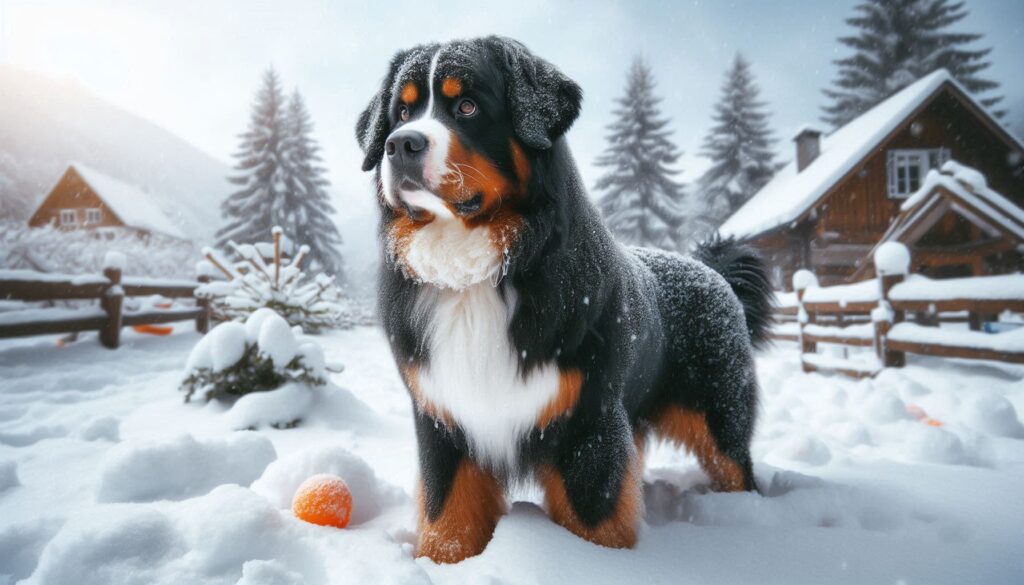
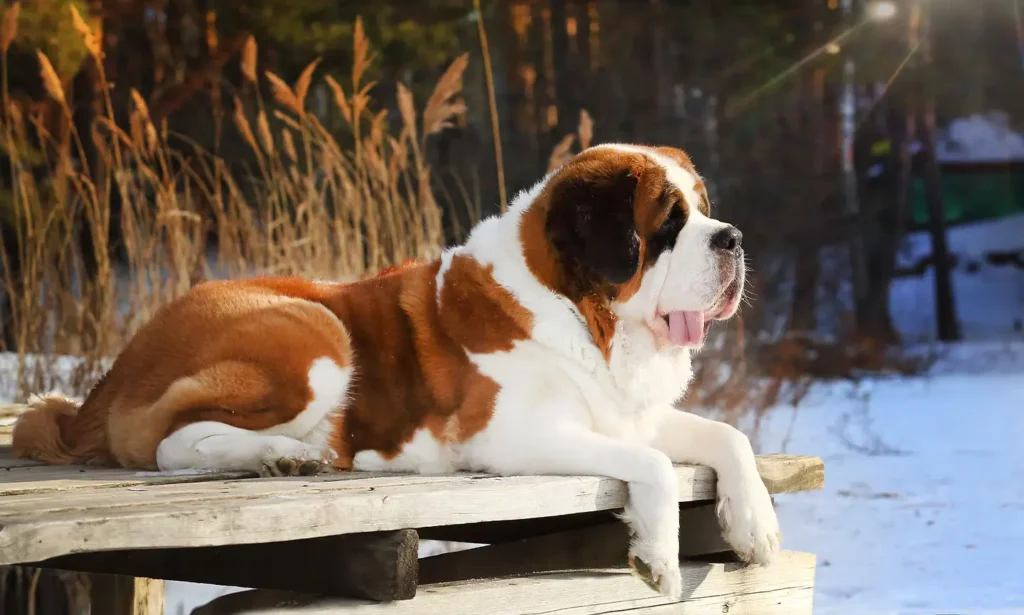
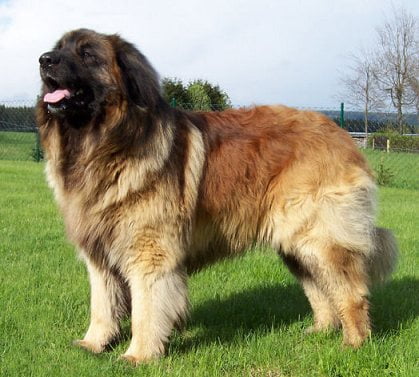
1. Bernese Mountain Dog
The Bernese Mountain Dog shares a similar large size and gentle temperament. Originally from the Swiss Alps, these dogs were also bred as working dogs, making them strong and resilient. They are known for their tricolor coat (black, white, and rust) and are excellent family pets.
2. Saint Bernard
Saint Bernards, like Newfoundlands, are known for their impressive size and calm demeanor. Originating from the Swiss Alps, they were bred for rescue work in snowy terrains. They are gentle giants with a deep sense of loyalty and are great with children.
3. Leonberger
The Leonberger is another large breed known for its strength and gentle nature. Bred in Germany as a working dog, the Leonberger has a majestic lion-like appearance with a thick, water-resistant coat. They are loyal, intelligent, and make excellent companions for families.
Conclusion
The Newfoundland dog breed is a perfect blend of strength, gentleness, and loyalty, making them one of the most cherished breeds in the world. Their rich history, impressive physical characteristics, and unwavering devotion to their families make them exceptional companions. If you’re considering adding a Newfoundland to your family, be prepared for a life filled with love, protection, and countless heartwarming moments.
Whether you’re drawn to their impressive history, their ability to get along with everyone, or their gentle nature, a Newfoundland might just be the perfect addition to your home.
FAQ
Is the Newfoundland dog breed dangerous?
No, the Newfoundland dog breed is not dangerous. Despite their large size, Newfoundlands are known for their gentle and friendly temperament. They are incredibly patient and good-natured, making them excellent companions for families, including those with children.
Is the Newfoundland the best guard dog to protect my family?
While Newfoundlands are protective of their families, they are not typically considered guard dogs. Their gentle and friendly nature means they are more likely to greet strangers with affection rather than aggression. However, their sheer size can be a deterrent to potential intruders. If you need a dog specifically for guarding purposes, a breed like the German Shepherd or Rottweiler might be more suitable.
